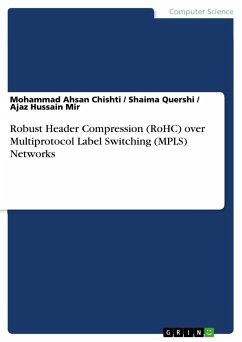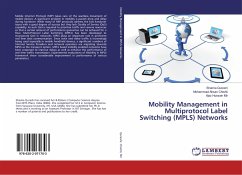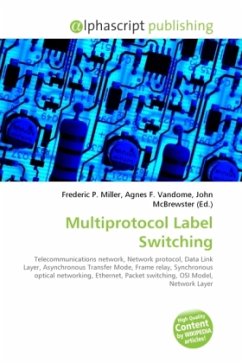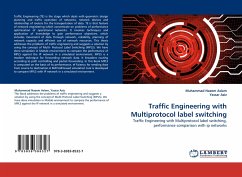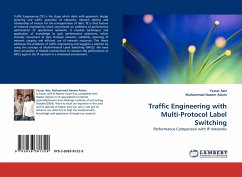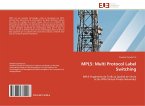Document from the year 2016 in the subject Computer Science - Internet, New Technologies, , language: English, abstract: Due to the rapid evolution of Internet as well as services over the Internet, including high bandwidth consuming applications like audio and video streaming, it has become need of the day to enhance the Internet infrastructure for bandwidth efficiency. One of the present day biggest challenges of networks is the audio/video transmission in real time. Developed by the Internet Engineering Task Force, Multiprotocol label Switching (MPLS) allows networks to offer several services on the single network architecture with improved forwarding speed of routers by solving the problem of longest prefix match in IP networks. Internet Protocol datagram encapsulates payload received from above layer and adds to its own header information. Thus each protocol layer adds its own header with the information related to the layer. This is a disadvantage of a bigger packet header size such as IPv4/UDP/RTP header of 40 bytes compared to the payload size which leads to excessive overhead in case of real-time multimedia applications. Bandwidth can be conserved by reducing the amount of redundant IP header transmitted with every packet for the same packet stream through header compression techniques. The header compression mechanisms have several short comings such as a problem that they work on hop-by-hop basis. The packet is compressed by the compressor and decompressed by the decompressor and for header compression to work; these are connected directly not through any intermediate node, not even a layer 3 device such as a router. In addition to this, there is a limit in the number of compressed flows that a router can take. The objective of this book is to propose header compression technology which can be implemented over MPLS and used as a bandwidth conserving technology. This will solve the problems of hop-by-hop compression/decompression as the compression of packets is not hop-by-hop rather the compression is per Label Switched Path (LSP) of MPLS network from ingress to egress Label Switched Routers. This will also handle packet reordering in addition to allowing numerous flows at the same time. The current work in the area, both standardized as well as ongoing research has been discussed in detail and also the problems that are yet to be addressed are examined. This approach also increases the bandwidth efficiency as well as processing scalability with respect to the maximum number of simultaneous flows.

